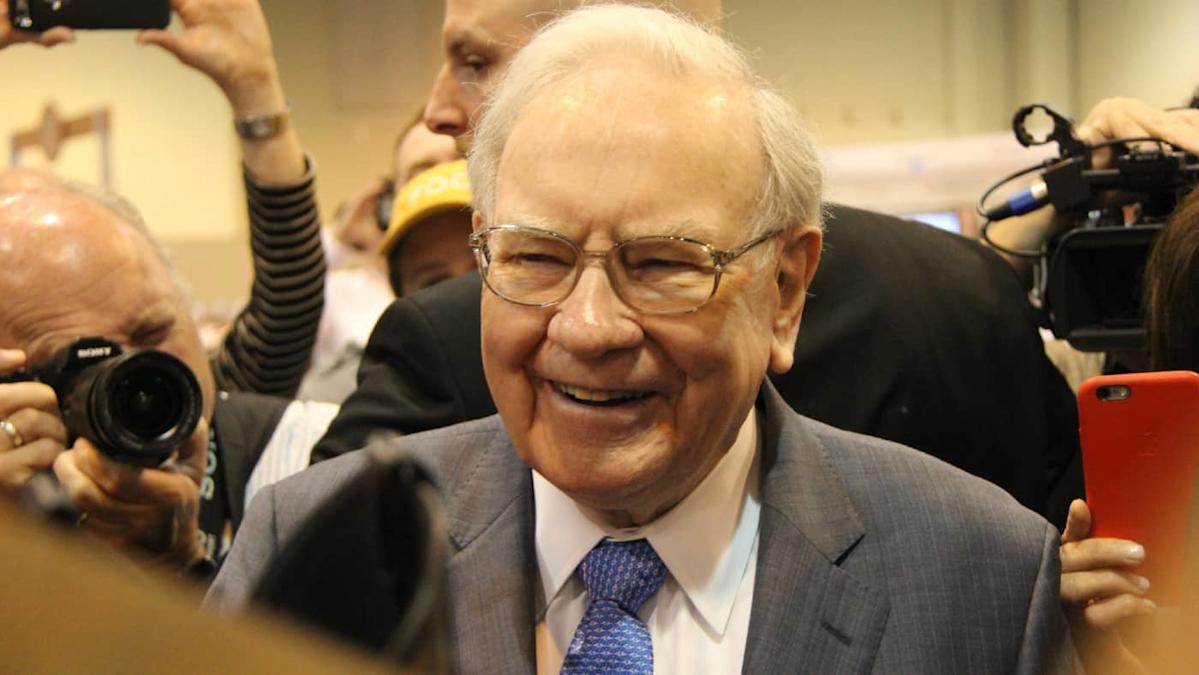With US stock prices reaching new record highs, the Warren Buffett Indicator has reached an alarming 218%. As a reminder, when it rises above 160% it’s historically suggested that US stocks are significantly overvalued.
This isn’t the only signal hinting that valuations might be getting stretched in 2025. And yet, despite rising concerns, the ’Oracle of Omaha’ and his team are still buying some US shares.
So what stocks is the billionaire investor buying? And should investors follow in his footsteps?
With a reputation for being a value-oriented investor, the fact that Buffett’s buying at a time when valuations are high seems strange, on the surface. But digging deeper, he’s actually still executing the same tried and tested strategy of prioritising value at a fair price.
Two of his recent investments in Nucor (NYSE:NUE) and UnitedHealth Group (NYSE:UNH) seem to demonstrate this perfectly.
So what do these businesses do? And why is Buffett’s team buying them now?
Nucor is a US steel producer. In fact, it’s one of the largest in the country, operating an expansive network of furnaces that recycle scrap metal into quality steel. This unique approach drastically reduces the cost of manufacturing, giving the group a notable competitive edge over its US rivals – something Buffett loves to see.
With the US imposing a 50% tariff on imported steel, Nucor now looks far more attractive to steel consumers. And when combined with surging steel demand courtesy of artificial intelligence (AI) infrastructure and national electrification spending, the business looks like it could be a new champion within the supply chain of countless US-based businesses.
Combining this with an undemanding forward price-to-earnings ratio of 12.2, it’s not so surprising that Buffett‘s taken an interest.
Of course, there are still risks. Even with tariffs, steel demand remains highly cyclical and sensitive to activity within the construction and industrials sectors.
Since higher interest rates often subdue activity within these industries, Nucor’s growth could prove lacklustre, especially if inflation continues to prove sticky. And if AI infrastructure spending starts to slow, the firm could lose a significant tailwind that’s currently driving it forward.
UnitedHealth’s also another seemingly cyclical strategy the billionaire’s pursuing. The firm’s the largest health insurance provider in the US. And with an ageing population, demand for its services is suspected to steadily trend upward.










